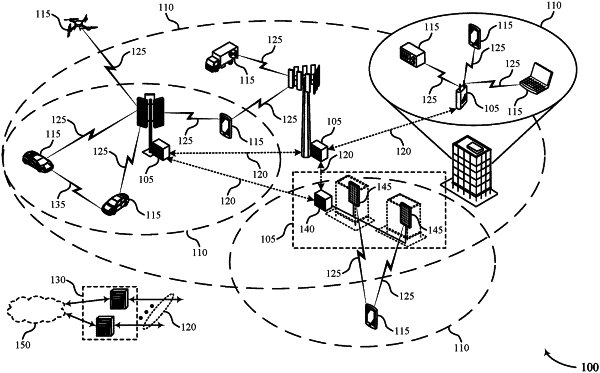| CPC H04W 72/21 (2023.01) | 38 Claims |

|
1. A method for wireless communication at a user equipment (UE), comprising:
identifying that an uplink control information payload satisfies a threshold size condition;
generating a pseudo-random uplink control sequence initialized by a seed, the seed being generated based at least in part on the uplink control information payload, wherein the pseudo-random uplink control sequence is a binary or quadrature phase shift keying modulated Gold or M sequence;
mapping the uplink control information payload to the pseudo-random uplink control sequence selected based at least in part on the generated seed, the mapping based at least in part on the uplink control information payload satisfying the threshold size condition; and
transmitting a physical uplink control channel that includes the pseudo-random uplink control sequence, the pseudo-random uplink control sequence being representative of the uplink control information payload.
|